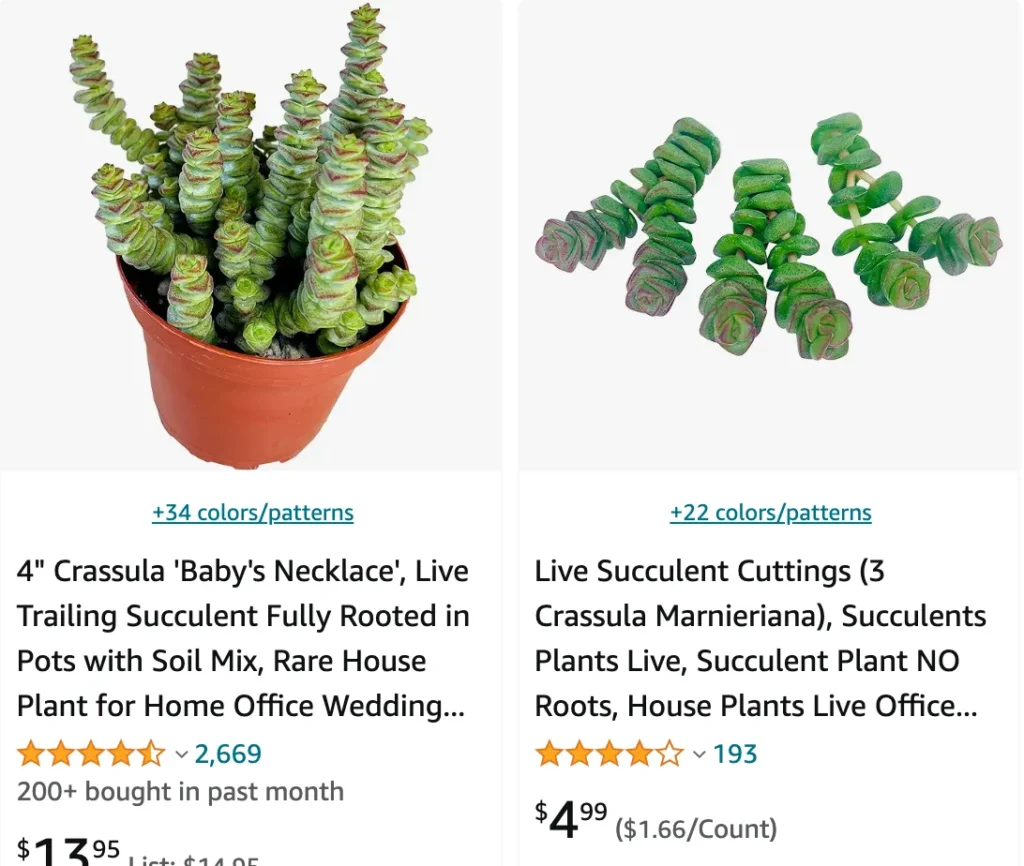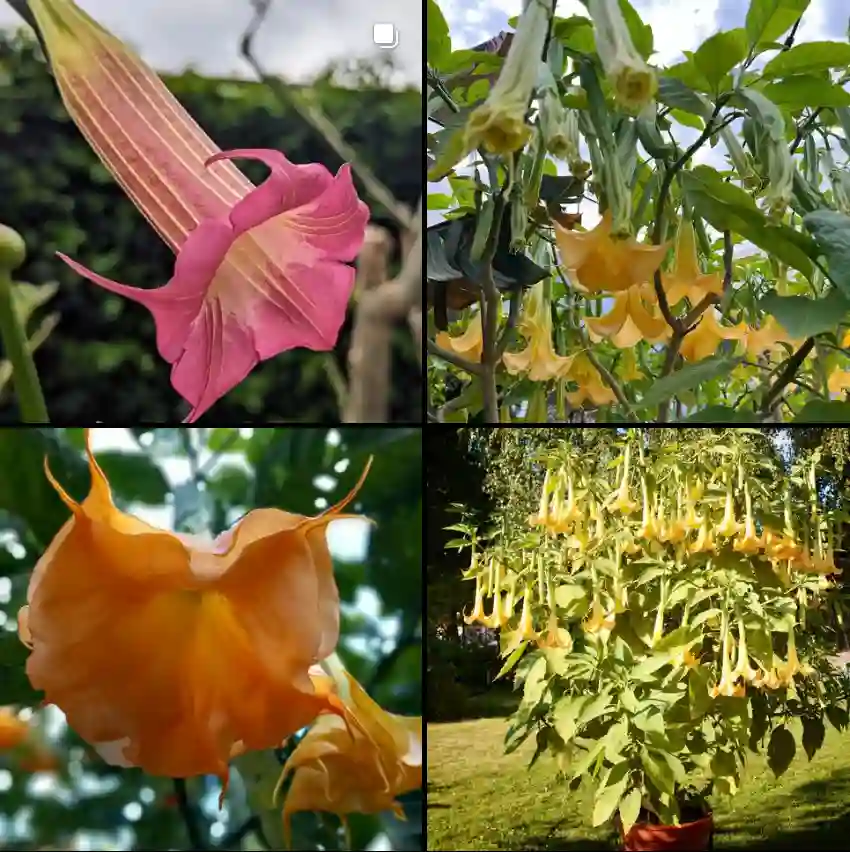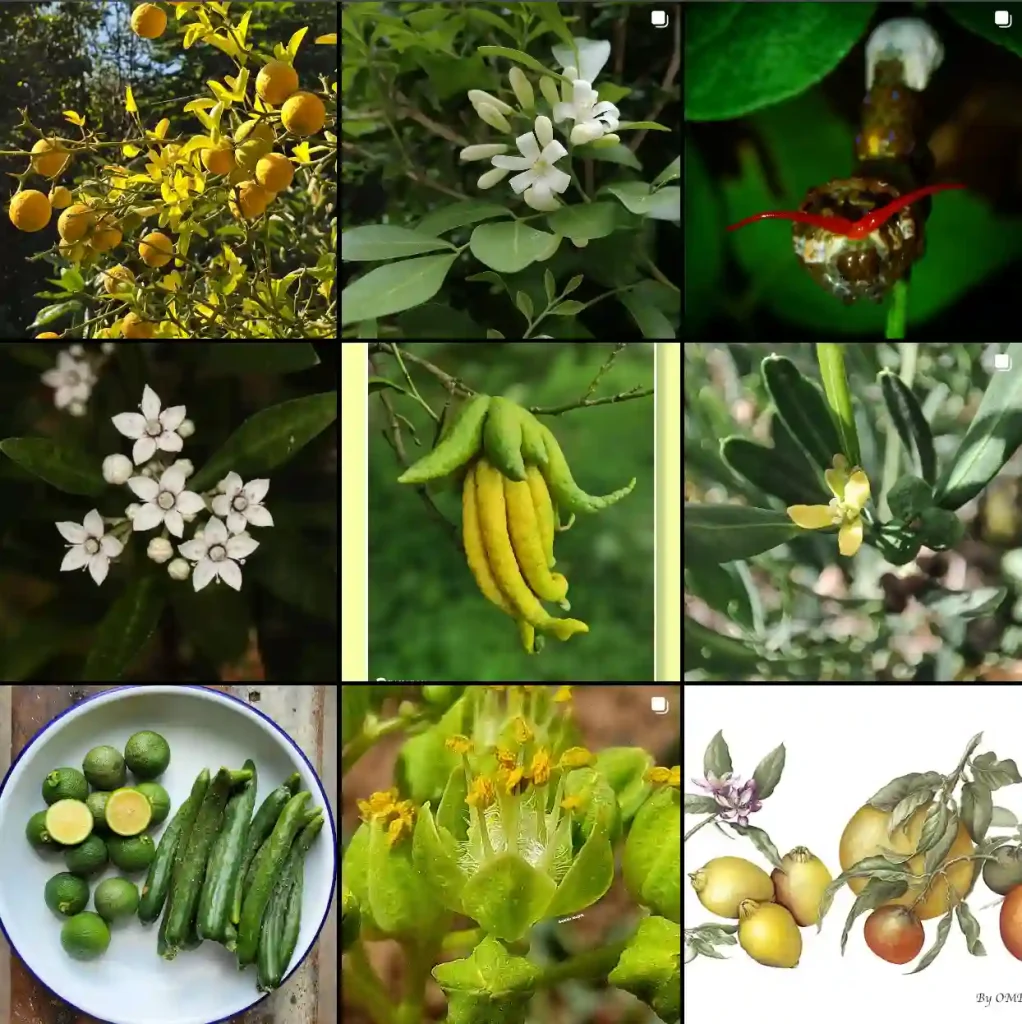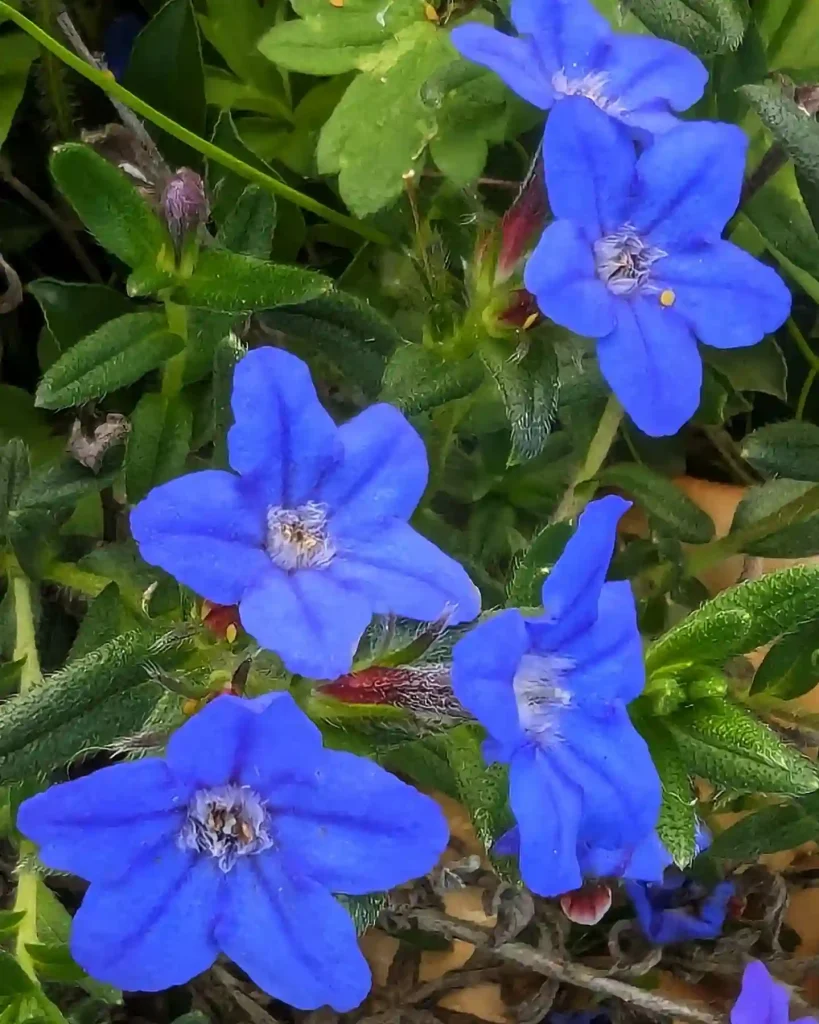
The Allure of the Crassula Marnieriana: A Succulent Symphony for Your Windowsill
There’s a certain charm to succulents. Their plump, water-storing leaves whisper of resilience, their often otherworldly shapes hint at a life adapted to harsh environments. Among these captivating desert dwellers, the Crassula marnieriana holds a special place in my heart.
220 Species in Genus Crassula
This succulent, also known as the Jade Necklace or String of Buttons, isn’t just visually striking. It’s a testament to the power of nature’s minimalism. Cascading stems adorned with tightly packed, jade-green leaves edged in red create a visual symphony that thrives on neglect rather than constant attention.
For someone like me, with a less-than-religious watering schedule, the Crassula Marnieriana is a dream come true. But its appeal extends far beyond its low-maintenance nature. Here’s a deeper dive into this captivating succulent, from its quirky characteristics to the secrets of keeping it thriving.
Unveiling the Beauty of the Crassula Marnieriana
Imagine a string of glistening pearls, each one a plump, jade-green orb with a hint of ruby around its edge. That’s the essence of the Crassula Marnieriana. Its leaves, perfectly round and tightly packed along cascading stems, resemble a cascading necklace.
This South African native thrives in warm, sunny climates. In the winter months, with proper care, it might even grace you with a delicate display of star-shaped, pink-tinged flowers. But even without blooms, its foliage is a sight to behold. As the plant matures, the stems can reach a length of 15-20 centimeters, creating a lush, trailing spectacle.
How to care for Crassula Marnieriana?
The key to a happy Crassula Marnieriana lies in mimicking its natural environment. Here’s what it needs to flourish:
- Sunlight: Think bright, indirect light. A south-facing window is ideal, offering warmth and plenty of illumination without the scorching intensity of midday sun.
- Watering: This is where the succulent’s magic lies. Resist the urge to drown it with love! Water only when the soil feels completely dry to the touch. Overwatering is the enemy of succulents, leading to root rot.
- Soil: Opt for a well-draining succulent or cactus mix. This allows excess water to escape, preventing root problems.
- Temperature: The Crassula Marnieriana prefers warm to moderate temperatures, ideally between 18-25 degrees Celsius. Protect it from frost and sudden temperature fluctuations.
How to Propagate Crassula Marnieriana?
One of the joys of owning a Crassula Marnieriana is its ease of propagation. You can create new plants from leaf cuttings or stem sections. Here’s how:
- Leaf Cuttings: Gently remove a healthy leaf from the main stem. Allow the cut end to callous over for a day or two. Then, plant the leaf in a well-draining succulent mix, keeping the soil slightly moist. Be patient – it might take a few weeks for roots to develop.
- Stem Cuttings: Choose a healthy stem section with a few leaves. Cut it just below a node (the bump where leaves emerge). Let the cut end callous over, then plant it in a succulent mix, keeping the soil slightly moist. New growth should appear from the node in a few weeks.
What to Plant With Your Crassula Marnieriana?
The cascading nature of the Crassula Marnieriana makes it a perfect candidate for hanging baskets or shelf displays. It also plays well with others! Here are some potential companions for your succulent symphony:
- Echeveria: With its rosette-shaped leaves in various colors, the Echeveria creates a stunning contrast to the cascading Crassula Marnieriana.
- Sedum: These colorful succulents come in a variety of shapes and sizes, adding vibrancy and texture to your succulent arrangement.
- Haworthia: With its unique, banded leaves, the Haworthia adds a touch of the unexpected to your succulent mix.
By combining these low-maintenance, visually stunning plants, you can create a miniature desert landscape on your windowsill, a testament to the beauty and resilience of nature’s small wonders.
If i die, water my plants!



